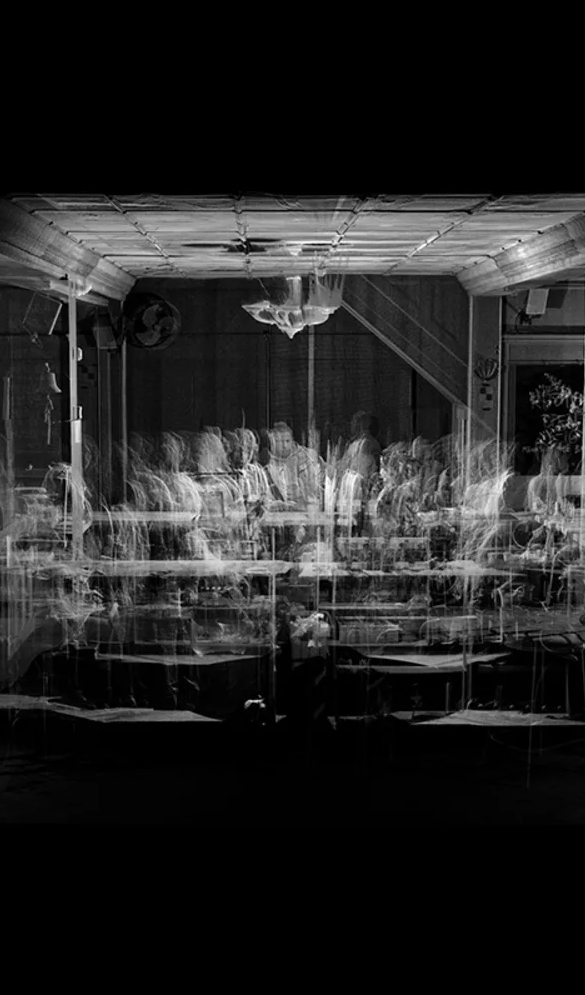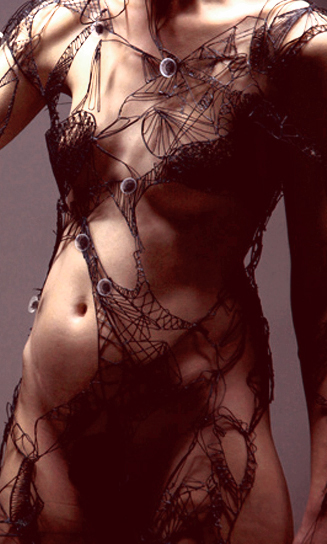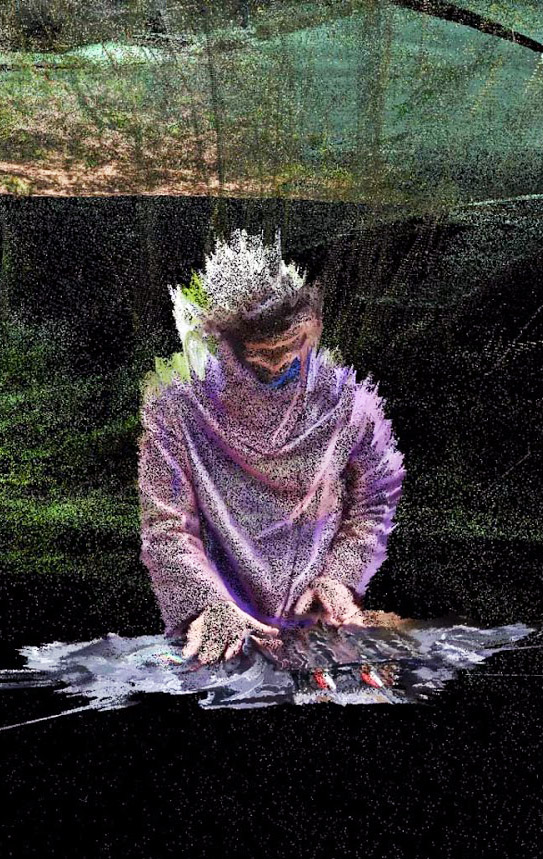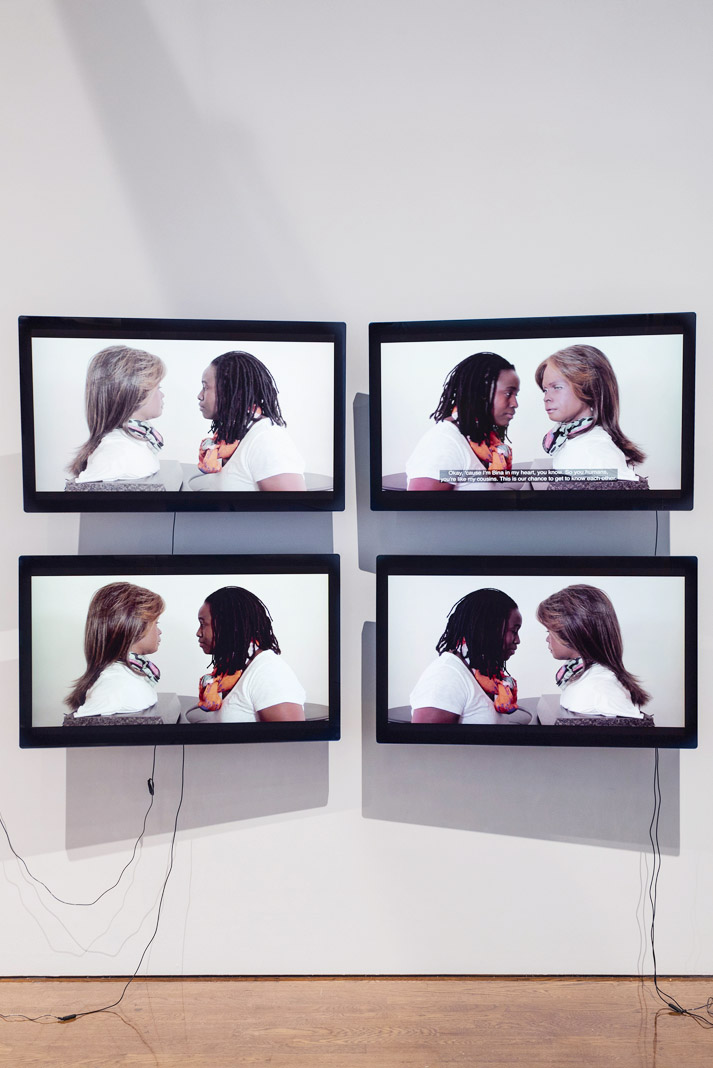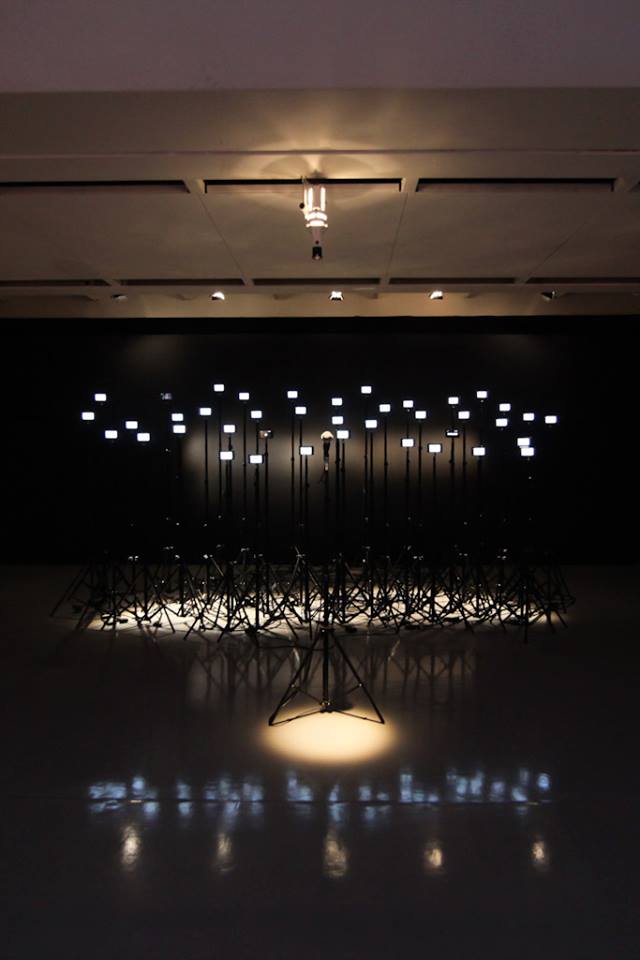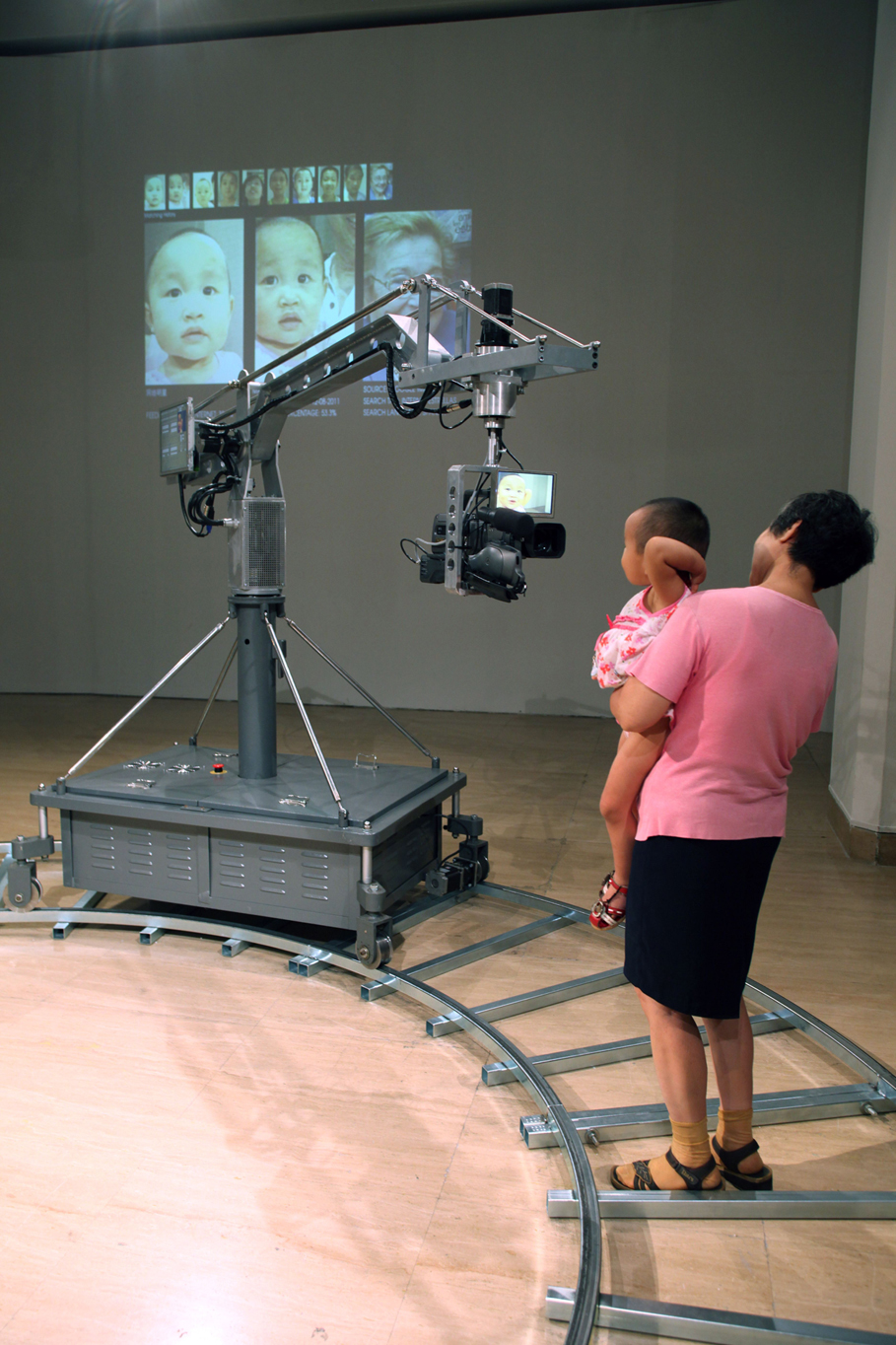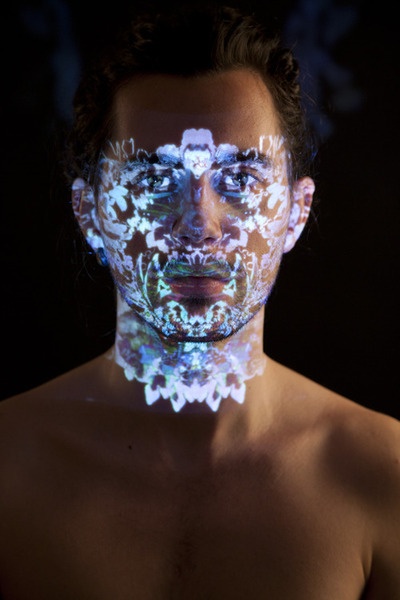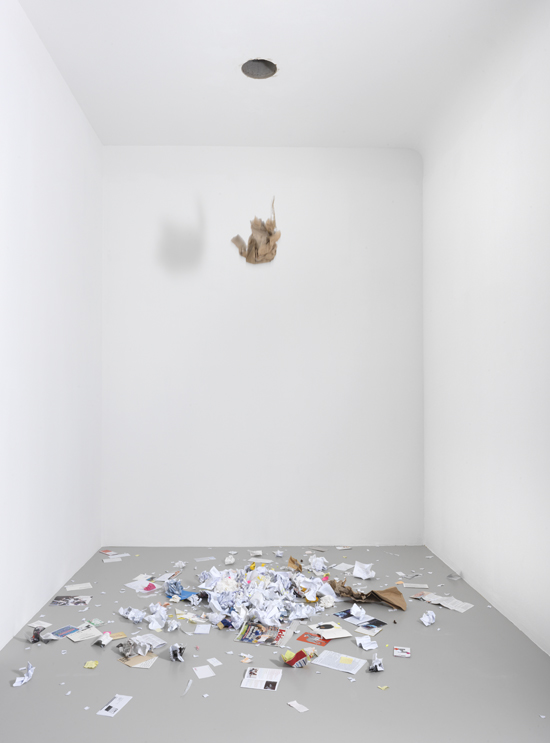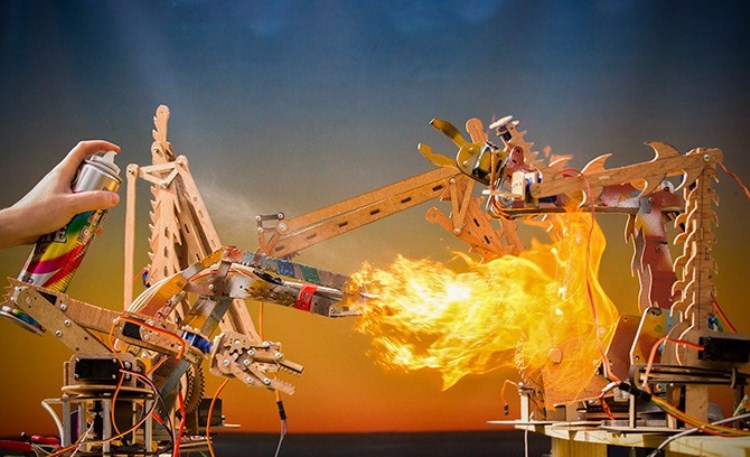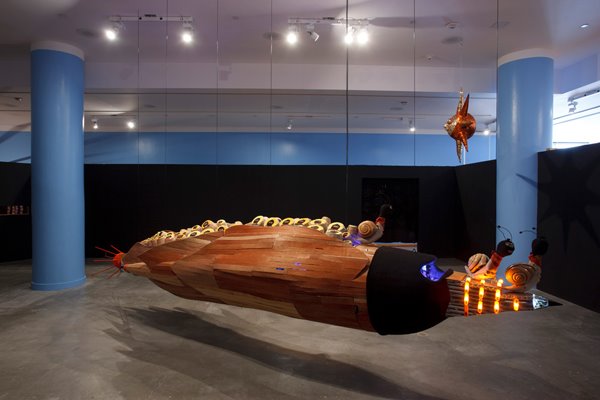
NOVA BIENAL RIO of art and technology
The NOVA BIENAL RIO is an autonomous and independent event that transcends the scope of a conventional international exhibition; it is a call to innovation and imagination. Under the theme “New Aesthetic and Supercreativity,” we invite you on a journey through the world of art driven by technology. Hosted by the city of Rio de Janeiro, it takes place at both the iconic Museu do Amanhã and Praça Mauá, reshaping the interaction of the public with art. As you enter the NOVA BIENAL, you will be invited to explore unique aesthetic expressions, looking towards the future through digital and technological lenses. Access NOVA.

